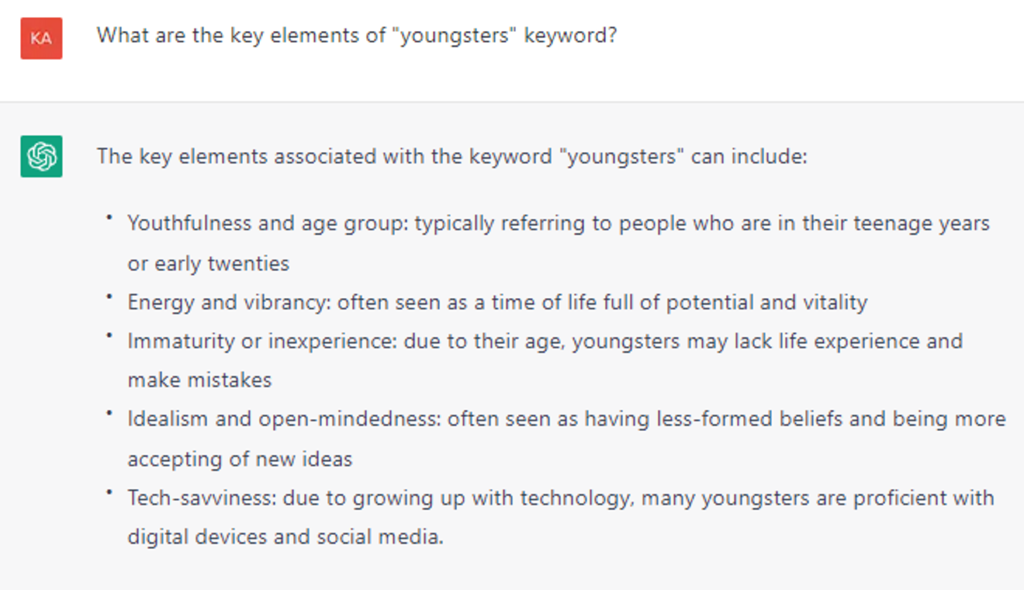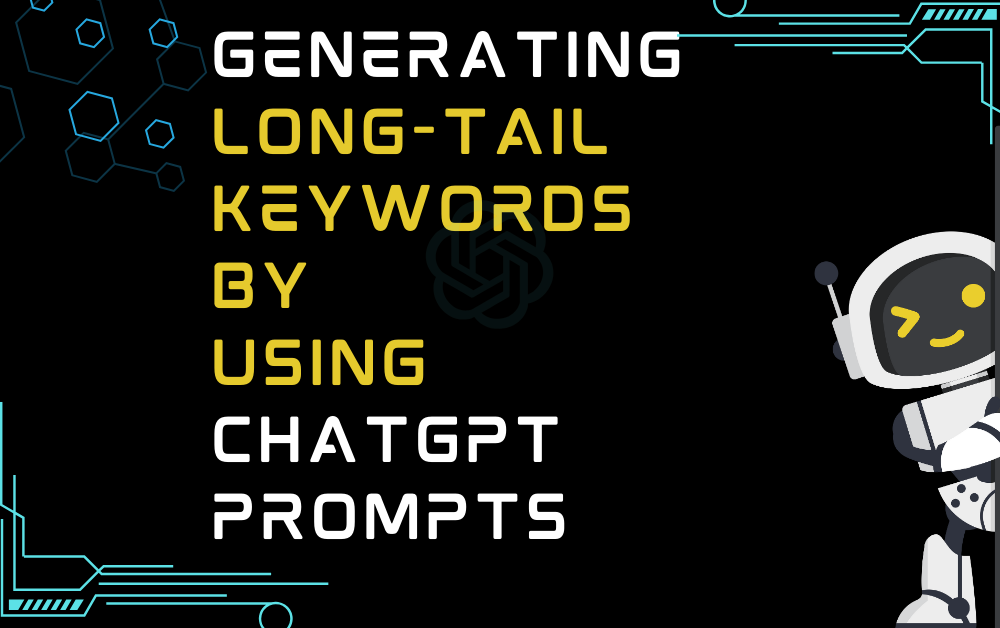About Generating long-tail keywords
With ChatGPT, generating long-tail keywords has never been easier or more fun! Let this language model do the heavy lifting, and watch as it conjures up keyword gems to boost your SEO game. Say goodbye to boring, generic keywords and hello to a whole new world of unique, targeted options. Leverage ChatGPT to help your content stand out and make sure it’s found by the right audience!
The creation of long-tail keywords is a crucial component of any SEO plan that works. These keywords are more focused on a particular audience or niche, longer and more specialized than shorter, more general keywords. Start by considering potential phrases that your target audience might look for to come up with long-tail keywords. To grow your list and find high-traffic, low-competition keywords, use keyword study tools like Google Keyword Planner or SEMrush. Long-tail keywords are frequently more distinctive and precise than you might first anticipate, so don’t be afraid to use your imagination and consider outside the box. You can raise your visibility and attract more targeted traffic to your website by incorporating long-tail keywords into your content and optimizing your website appropriately.
Finding lengthy, highly tailored keyword phrases that are more narrowly focused than general keywords is the first step in creating long-tail keywords. These kinds of keywords are crucial for SEO and digital marketing because they frequently have lower levels of competition, higher rates of conversion, and a greater propensity to draw the correct kind of visitors to your website or content. Create a list of potential keywords, use keyword research tools to find famous search terms, and then modify the phrases with more precise modifiers to create long-tail keywords. You can develop incredibly targeted long-tail keywords that will raise your search rankings and increase traffic to your website by knowing your audience and their search purpose.
Prompts
Can you define [keyword] in a few words?What is a short description for [keyword]?What is the central idea of [keyword]?What is the core of [keyword]?What are the key elements of [keyword]?
Examples


Tips
FAQs on Generating long-tail keywords
1) Long-tail keywords: what are they?
Long-tail keywords are keyword phrases that are longer and more focused on a particular speciality. Compared to shorter, more general keywords, they frequently have a faceless rivalry.
2) Why is the use of long-tail terms crucial for SEO?
Long-tail keywords make your material more relevant by helping you target a particular audience. They may also assist you in improving your position on search engine results sites (SERPs) and bringing more targeted visitors to your website.
3) Where can I find long-tail keywords?
Start by generating a list of possible keyword phrases that members of your target market might use to search. To grow your list and find high-traffic, low-competition keywords, use keyword study tools like Google Keyword Planner or SEMrush. Consider the searcher’s purpose and make an effort to pinpoint any particular needs or concerns they might have.
4) What is the best way to include long-tail terms in my content?
Include long-tail keywords in your content organically by incorporating them into headlines, subheadings, meta descriptions, and the body of your text. Avoid term stuffing and place a high value on your content’s readability.
5) How can I monitor how well my long-tail terms are performing?
To track the traffic to your website and determine which long-tail terms are bringing in the most qualified visitors, use analytics tools like Google Analytics or SEMrush. Utilize this information to continuously improve and enhance your keyword strategy.
Follow us on our social media platforms for more information about proaiprompt
If you are interested in learning about Onboarding Messages effectively, you can click here to find out more.

